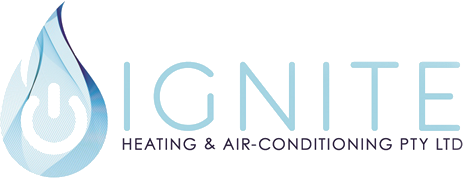Property owners must always prioritise the comfort of occupants to ensure that their buildings remain functional and valuable. One way to attain their needed comfort is through cooling.
Cooling is essential to occupants inside residential or commercial buildings as it can maintain their optimal body temperatures, especially during hotter days. And since they are protected from heat, occupants will be safeguarded from serious medical conditions. Their overall productivity and efficiency can likewise be improved through cooling.
Now, there are two cooling options one can maximise for their properties. These options are ducted air conditioning and evaporative cooling. While they both cool the properties efficiently, they boast some differences that may favour varying property owners.
Ducted Air Conditioning
Ducted air conditioning maximises an air conditioner comprised of two units: an indoor unit and an outdoor unit. These units work together to transfer and process air continuously, making sure that the conditioned air will be effectively delivered to various rooms and spaces through ducts and vents. The cooling of the air is carried out by a refrigerant.
Tons of components are involved in ducted air conditioning. These components are the evaporator, compressor, and condenser. The evaporator coils, which contain the refrigerant, remove the heat from the warm air. The compressor, alternatively, pressurises the gas so it can be condensed into a liquid. The condenser coils, ultimately, dissipate the heat from the liquid refrigerant before passing it back to the evaporator.
One benefit of ducted air conditioning is it can work independently of the weather. Even at high outdoor temperatures, ducted air conditioning retains its cooling capabilities without any failure. Another great thing about this type of cooling is its air temperature can be controlled optimally. Maintenance is likewise easier with ducted air conditioning as its parts do not allow mould and bacteria to develop, cutting the need for meticulous upkeep.
Evaporative Cooling
Evaporative cooling, alternatively, reduces the temperature of the air through the evaporation of a liquid. This evaporation eliminates the latent heat from the surface or area where the evaporation happens. This process can be carried out by an evaporative cooler that can be found in a lot of domestic and commercial buildings.
Some components found inside an evaporative cooler are the intake chamber, supply fan, exhaust fan, water sprays, recirculating water pump, and water sump. It also maximises filters and cooling pads. An evaporative cooler works by drawing hot and dry outside air and transferring it through water-soaked cooling pads. As the air enters, the water of the pads evaporates while the heat in the air is absorbed. These processes lower the air temperature.
One advantage of evaporative cooling is it can provide fresh clean air. Since evaporative coolers only maximise fresh air from outdoors, the number of dust and potential allergens inside the property will be reduced significantly. Energy efficiency is also expected to improve with evaporative cooling since it only requires a fan and water pump to process and cool the air. Evaporative cooling is likewise eco-friendly and silent.
Ducted air conditioning and evaporative cooling have their advantages that can be beneficial for specific property owners. If you want to know more about them, you can contact us at Ignite Heating & Air Conditioning.
